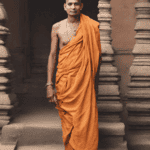Did you ever notice the Konark Wheel at the Sun Temple or the same wheel at Buddhist temples?
That wheel is known as the Dharmachakra. The Dharmachakra or the Wheel of Dharma is considered as one of the most sacred and important symbols not only in Hinduism but also in Buddhism and Jainism. It is generally depicted with a golden color and it has a varying number of spokes. Mostly it has 8, 10, 12 and 24 spokes. It can be seen in temples as well as engraved on statues. In Hinduism, many kings are given the title of ‘Chakravarti’ king which means the wheel-turning king. That is also associated with the Wheel of Dharma only.
In the Hindu Vedas, the Wheel of Dharma is a symbol of three principles:
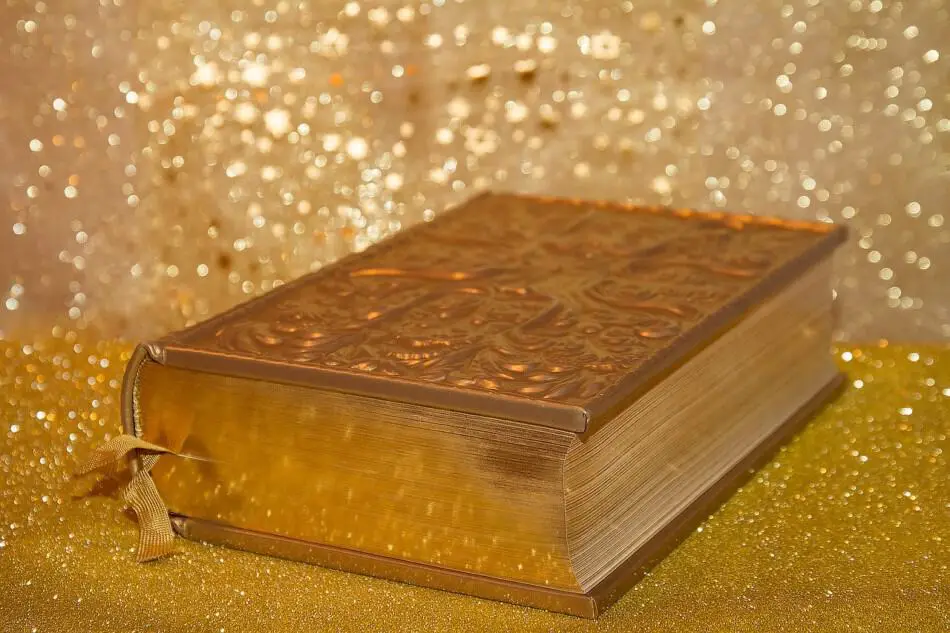
- duty
- work
- righteousness
It is believed that the Wheel of Dharma can defeat any desire or passion because it is one of the most powerful weapons. Some people believe that it is another form of the Sudarshanchakra which is carried by Lord Vishnu.
How does the Wheel of Dharma look?
As mentioned earlier, the Wheel of Dharma is usually golden in color and it mostly has 8 spokes. Each spoke has a different meaning.
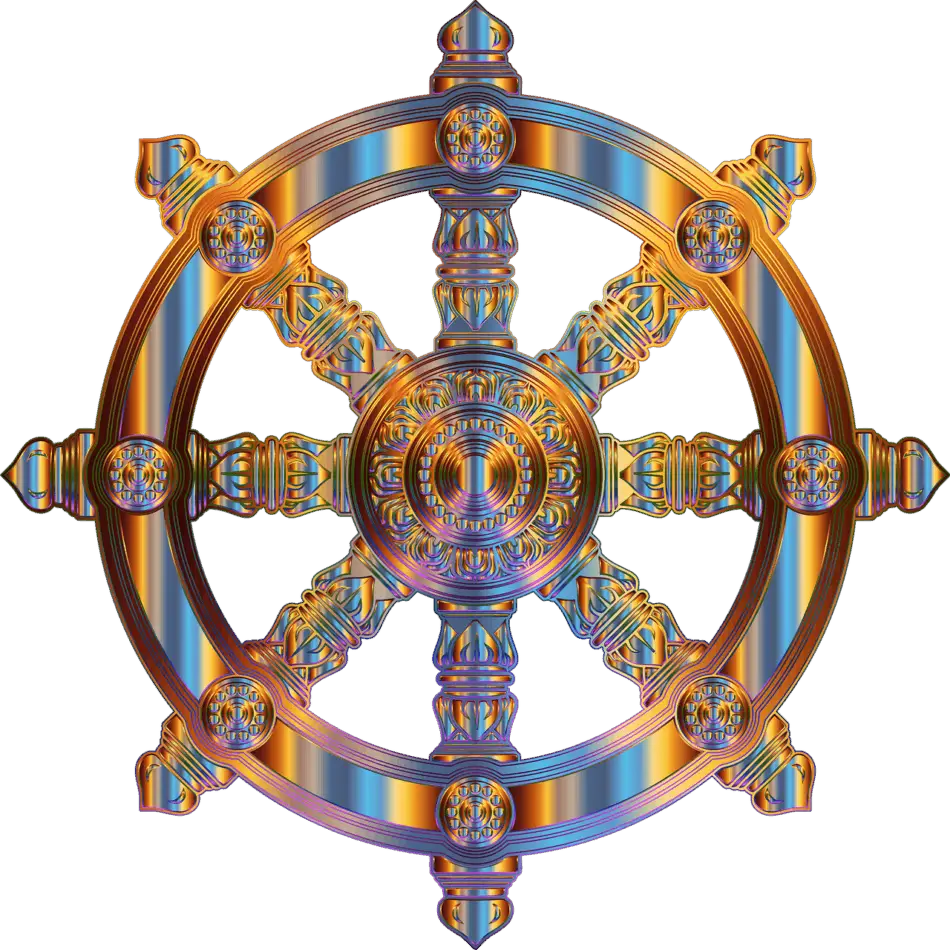
- First spoke is for the right view
- The second spoke is for right intention
- The third spoke is for right speech
- The fourth spoke is for right action
- The fifth spoke is for right livelihood
- the sixth spoke is for right effort
- the seventh spoke is for right mindfulness and
- The eighth is for the right meditation.
In the center of the wheel, there may be any one of these three shapes engraved – circle, wheel or yin-yang. The Wheel of Dharma is made up of 3 parts in total- the rim, the spokes, and the hub.
Significance of The Wheel of Dharma for Hindus
In Hinduism, the Wheel of Dharma is a symbol of religious routine and order that the Hindu devotees must follow. It is a symbol of duty, work, protection, creation, and righteousness. Statuses of Lord Vishnu, the God of Preservation, is depicted carrying the Wheel of Dharma. It is believed that he protects every individual with the help of the Wheel of Dharma.
Significance of The Wheel of Dharma for Buddhists
The information about the Wheel of Dharma is more in the Buddhist texts than in the Hindu texts. It is one of the eight most important symbols of the Buddhists.
When Buddha attained enlightenment, his first sermon was about the Wheel of Dharma. Buddha spoke about three turnings of the Wheel of Dharma in total.
In first turning, he spoke about the Four Noble Truths
In second turning he spoke about the Perfection of Wisdom, and
In third about Discriminating the Intention.
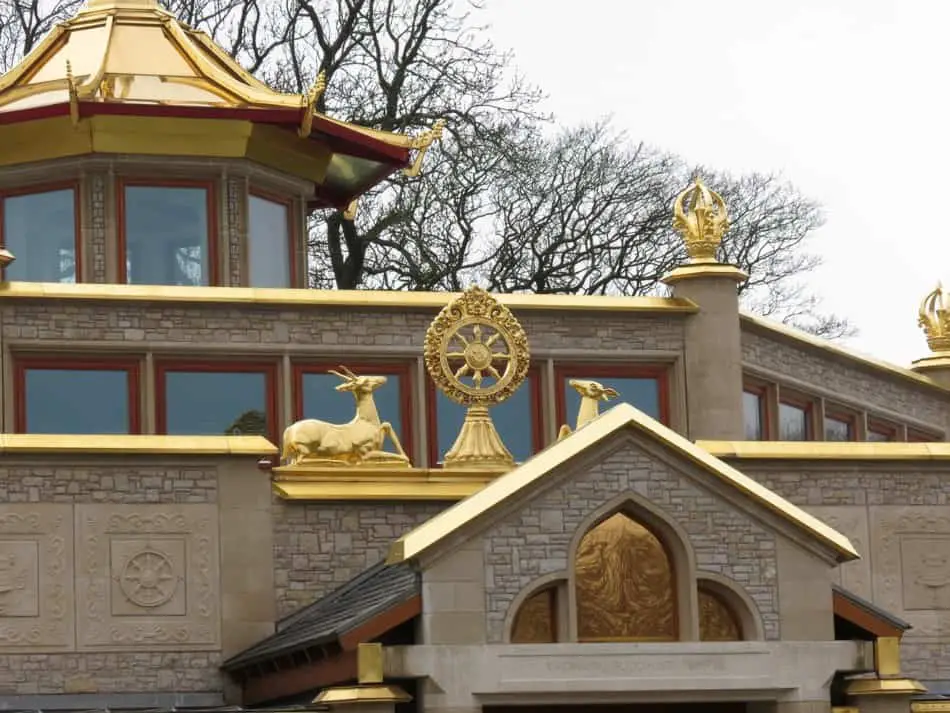
Significance of The Wheel of Dharma for Jains
In Jainism and Buddhism, there are many same symbols including the Wheel of Dharma.
In Jainism, the Wheel of Dharma is a symbol for using non-violence to win over any problem in the world. The wheel also represents Jain Monk, Jain Nun, animals, and vegetation. It basically means that all creatures are equal and that’s why we should not hurt any animal or plants.
Chakravarti Kings
Chakravarti kings or the Wheel Turning kings are those kings whose chariot wheels can roll anywhere without any obstruction. These rulers are believed to be very powerful. The term ‘Chakravarti’ King is mentioned in Hindu, Jain as well as Buddhist texts. There can be three types of Chakravarti kings:-
- Chakravala Chakravarti King
A king is given the title of Chakravala Chakravarti when he is considered as the king of all the four continents (During the 16th century the world was divided into only four continents: Asia, Europe, Africa, and America).
He is considered the most powerful king among all the three types. - Dvipa Chakravarti King
A king is given the title of Dvipa Chakravarti when he is the king of only one of all the four continents. He is less powerful than the chakravala chakravarti king. - Pradesha Chakravarti King
A king is given the title of Pradesha Chakravarti King when he is the king of only a part of one of all four continents. Pradesha Chakravati King is another name for the local king.
He is the least powerful among all the three types.
Kings who have been given the title of ‘Chakravarti’
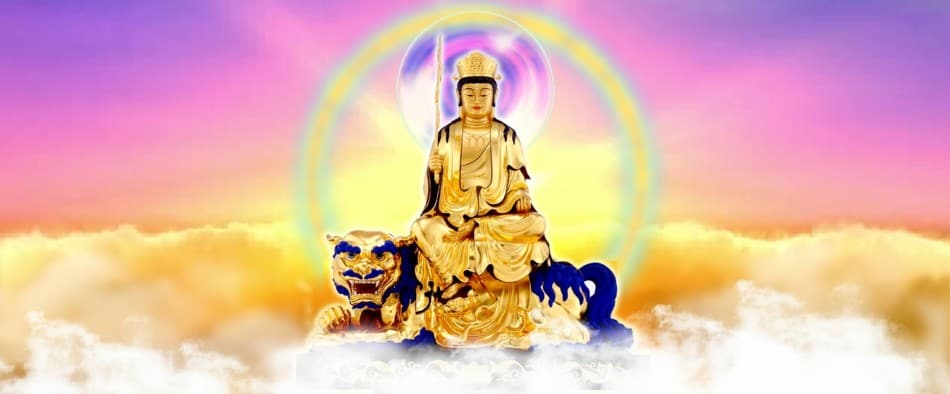
Historical Rulers
- Chandragupta Maurya
He was the first ruler of the Maurya dynasty. He was only 20 years old when he founded the Maurya dynasty. He ruled for about 24 years. He was a follower of Jainism.
Sage Bhadrabahu-I inspired him to follow the Jain religion and get converted to a Jain Monk. He was believed to be a Kshatriya before he started following Jainism. There is a place called Sravana Belgola near Bangalore where he starved himself to death inside a cave. - Ashoka
He was the grandson of Chandragupta Maurya. Ashoka’s empire was a lot bigger than Chandragupta’s empire. He was very powerful as well as a loved king.
He was given a lot of titles like ‘Chakravarti Samrat’ means the wheel-turning king, ‘Priyadarshi Samrat’ means one who treats everyone with love and affection and ‘Devanampriya’ means God’s beloved. He fought the war of Kalinga in which a lot of people died and that changed Ashoka’s mind and he then became a follower of Buddhism.
Mythological Rulers
In Mahabharata, one of the ancient Indian epics, there are many kings who were given the title of ‘Chakravarti Samrat’. Some of these kings are: –
- Ikshvaku
According to the Hindu mythology, he was the son of Ila and India was earlier given the name Ilavarta after Ikshvaku. - Bharat
It is believed that he not only conquered India but also other places like Tibet and Afghanistan. India’s official name ‘Bharat’ was given after him. - Shibi
His name is mentioned in not only Hindu but also in Buddhist mythology. He belonged to the Chola lineage. He was a very great and one of the kindest king.
There are many other rulers like Padmanabha, Jayasena, Brahmadatt, Harishena, etc.
In Buddhist texts, Gautam Buddha is also called as the Chakravala Chakravarti.
Other related questions generally asked.
Wheel of Dharma with Four Spokes
The four spokes in the Wheel of Dharma symbolizes the four noble truths. The four noble truths are
- Samudaya or the truth of the cause of suffering
- Dukh or the truth of suffering
- Nirodha or the truth of the end of suffering
- Magga or the truth of the path that frees everyone from suffering.
Wheel of Dharma with Ten, Twelve and Twenty-Four Spokes
The wheel of Dharma that has ten spokes symbolizes the ten directions.
The Wheel of Dharma that has twelve spokes symbolizes the twelve links of dependent arising and the Wheel of Dharma with twenty-four spokes represents not only the twelve links of dependent arising but also the reverse links of these twelve links.
The Wheel of Dharma in every religion talks about righteousness and equality. Every organism should be treated equally, with love and affection. Every individual should follow the right path and live a peaceful life.
